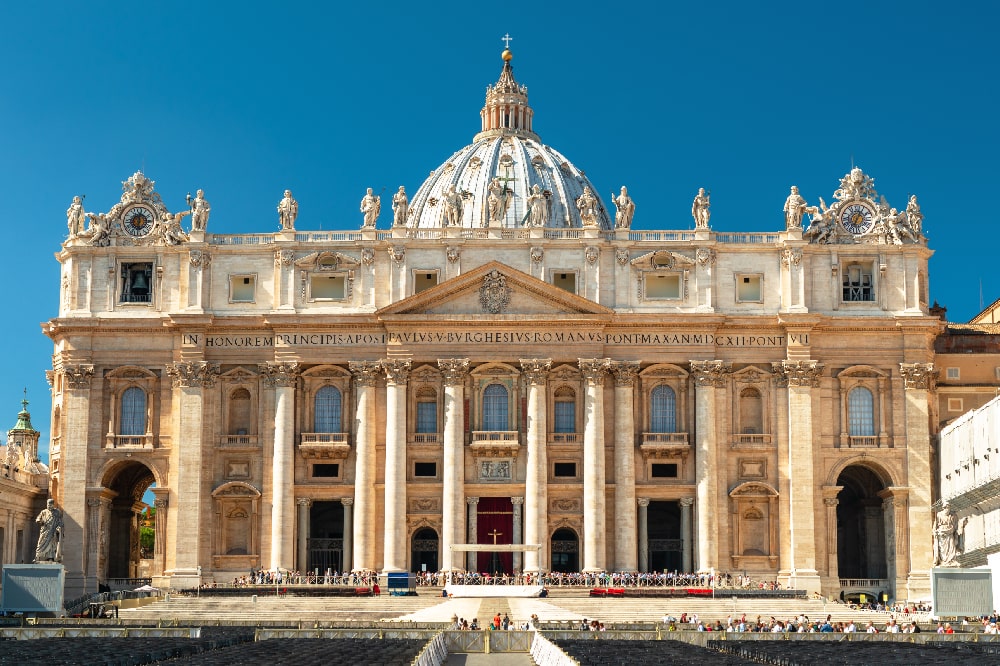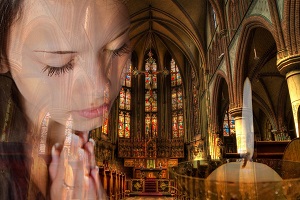The Via Crucis or Way of the Cross, traces the Passion of Christ and his path towards Mount Golgotha to be crucified. Pilgrims visiting Jerusalem since ancient times celebrated this ritual: they covered the route from Pilate Palace to the mountain and to the Holy Sepulchre. However, it was with Francis of Assisi that the Way of the Cross knew its statement and its modern codification. In fact, not everyone could afford a trip to Jerusalem, and the representation of the Stations of the Cross became a way to make the places of the Passion accessible to every faithful.
In the first half of the seventeenth century, the first Via Crucis made their appearance in the churches and immediately had an emotional and devotional impact on believers.
The 14 paintings of the Via Crucis are arranged along the inner walls of the church in order to respect a precise symmetrical order.
The Stations of the Cross are as follows, but alternative schemes are allowed anyways:
- Jesus is sentenced to death
- Jesus takes up the cross
- Jesus falls for the first time
- Jesus meets his Mother
- Simon of Cyrene helps Jesus carrying the cross
- Saint Veronica wipes Jesus’s face
- Jesus falls for the second time
- Jesus consoles the women of Jerusalem
- Jesus falls for the third time
- Jesus is stripped of his garments
- Jesus is nailed to the cross
- Jesus dies on the cross
- Jesus is taken down from the cross
- Jesus’s body is placed in the sepulchre
The Way of the Cross is a fundamental moment for the faithful, for their experience of prayer and penance. It establishes a deep union with Christ in the moment of his supreme suffering, of his highest and more precious sacrifice.
Usually it takes place on Good Friday and is accompanied by songs and common celebrations. Since ancient times, it has also been used as a popular representation, in Italy and abroad. In this case, it becomes a real stage production, where devotion joins the spectacle, creating moments of great beauty and people’s participation.

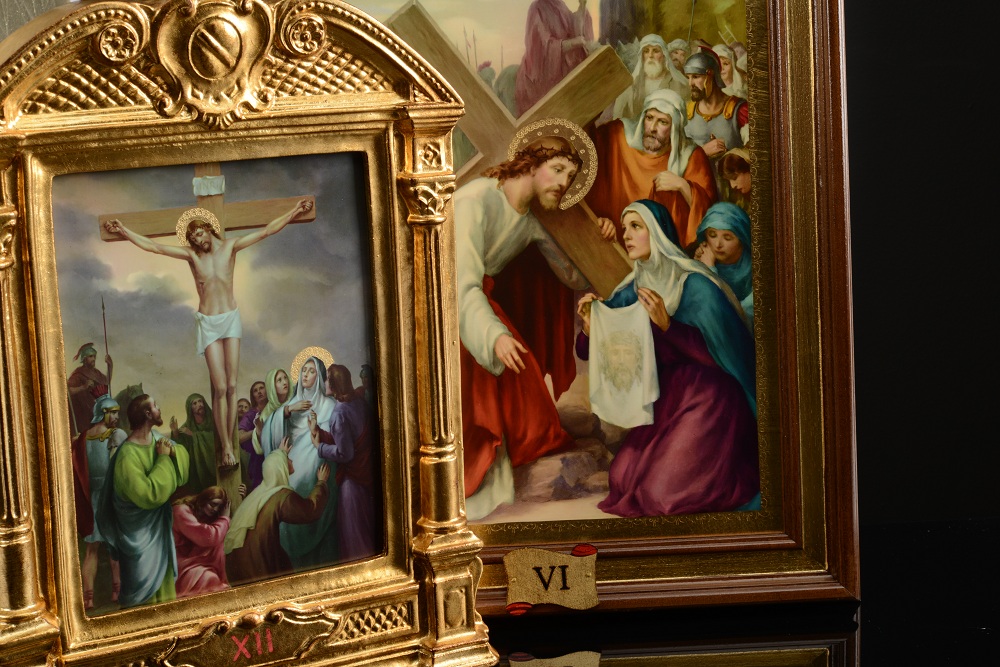
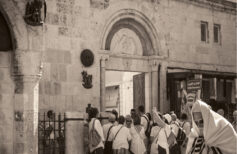

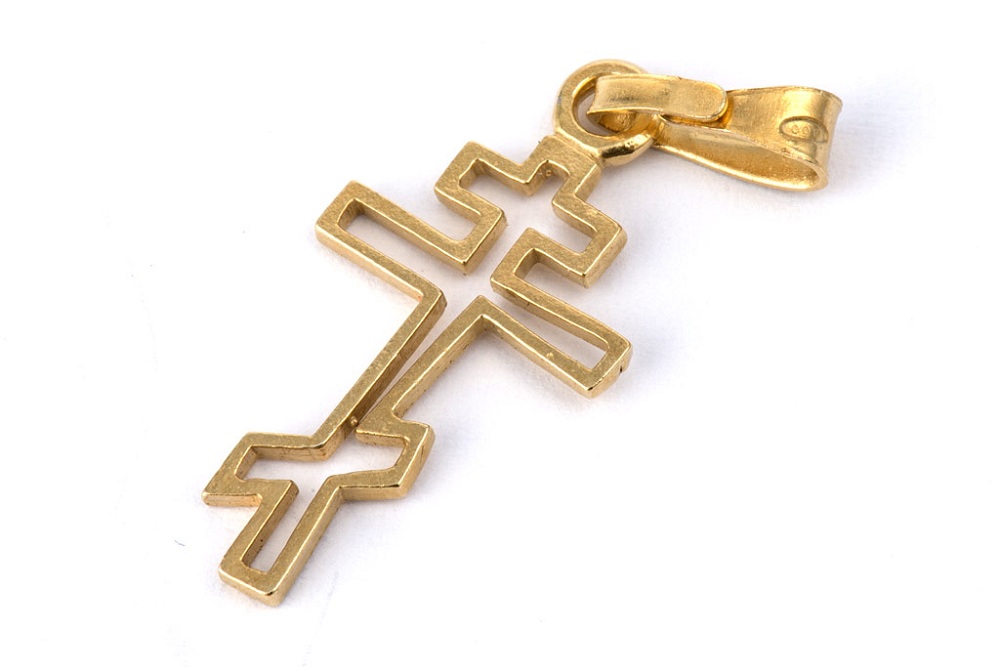
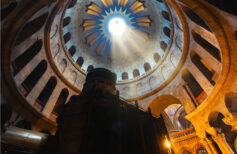
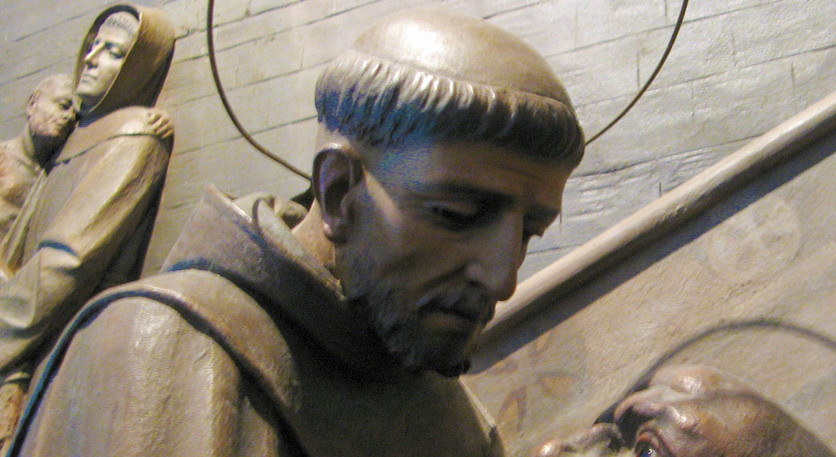

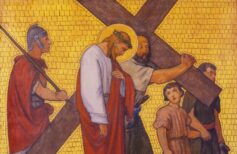

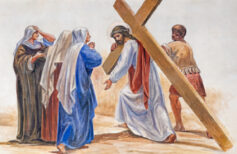








 25 August 2025
25 August 2025

